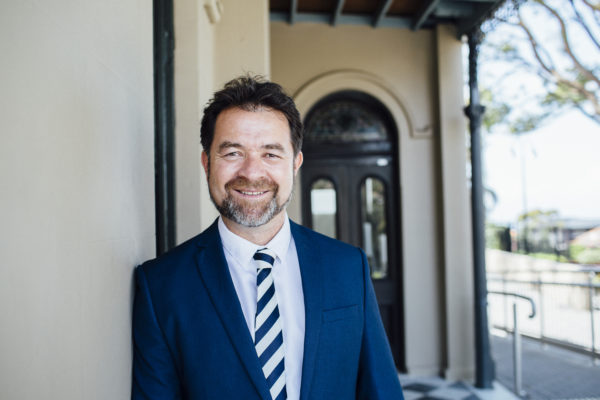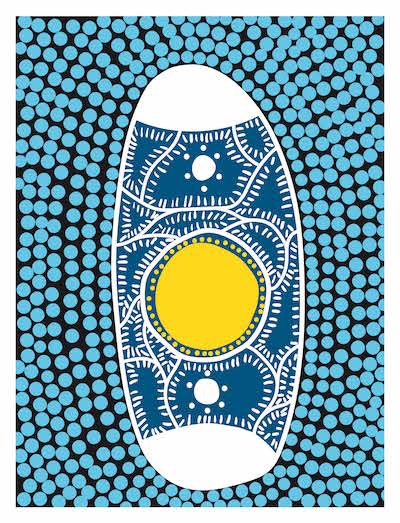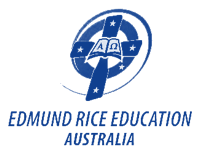
Mr Patrick Brennan, Deputy Principal - Student & Staff Wellbeing
Read more: Year 11 Dinner Cruise, ‘It’s Time We Talked’ parent event, TikTok and Teens, Terms 2-3 winter uniform.
Year 11 Dinner Cruise
The Waverley College Year 10 (2021) Dinner Dance provides a formal social opportunity for boys to host a partner at a dinner cruise on Sydney Harbour. This is a part of our Wellbeing Framework promoting respectful relationships.
Date: Thursday, 26 May 2022
Time: 6pm – 10pm (meet at Star City Casino Wharf at 5:30pm)
Venue: Bella Vista Cruise Ship
Embark/Disembark: 6pm Star City Casino Wharf, Pirrama Road, Pyrmont
Dress: Smart formal for all guests – boys to wear suit with jacket, tie and trousers
Cost: $100 per person, which includes four hours of cruising, a three-course meal, unlimited soft drinks/juice package, DJ and security
RSVP: Essential. Bookings open Friday, 6 May. >>> Click here to RSVP.
Further information will be provided to Year 11 students this week.
If you have any further questions, please email Ms Suzi Sucur (Administrator Wellbeing Centre) at ssucur@waverley.nsw.edu.au

It’s Time We Talked – Parent Event
I would like to take the opportunity to thank the 100 parents and carers who attended this event on Tuesday evening. ‘It’s Time We Talked’ is a violence-prevention initiative that supports young people, parents, schools, government and the community sector to understand and address the influence of pornography.
At times confronting, the dangers of early and repeated exposure to pornography by our young people were made clear.
The College is committed to addressing this issue within our Years 5-12 Wellbeing Framework and in the PDHPE syllabus.
TikTok and Teens
While many Waverley College students (and some parents) enjoy using TikTok and the ‘fun’ associated with it, recent investigations and research indicate that it presents a number of dangers, that in many cases the students themselves (and parents and carers) are unaware of, and, even when aware, can find difficult to address.
In recent years, and particularly during the lockdown periods of the pandemic, TikTok use seems to have grown exponentially, and the app seems to have taken on a ‘life of its own’, impacting many students’ wellbeing, mental health and learning.
The College is seeing a rise in targeted online bullying involving our students depicted in TikTok videos. A rise is also being seen in students appearing in TikTok videos wearing school uniform.
How Much do you Know About TikTok?
TikTok is a social media platform that has become increasingly popular since its rebranding in 2018. It hosts a myriad of content types, with the top category ‘Entertainment’ achieving over 535 billion views.
TikTok is primarily a video-sharing service that uses an algorithm to create targeted ‘for you’ pages, and it provides a never-ending stream of content. The minimum age requirements are 13 to have an account, and 16 to host a public account (which enables direct messaging between users). However, users don’t have to be logged in to see content and to use the ‘search’ function.
TikTok is now the most downloaded social media app in the world. It is especially popular with children and young adults.

The Cyberbullying Research Centre praises TikTok as a fun and engaging way to stay connected with each other and the things that young people love. Some of the platform’s positive impacts on young people are that it:
- is de-stigmatising mental health issues
- provides communities with a platform to connect
- is a creative outlet that doesn’t require editing skills
- is user friendly and an easily accessible platform.
TikTok’s popularity continued to rise during the COVID-19 pandemic, with the platform providing an opportunity for connection and entertainment during lockdowns.

Parent Controls – Family Pairing and Digital Wellbeing Settings
There are currently two ways to restrict content shown to children on TikTok:
- the ‘Family Pairing’ setting
- the ‘Digital Wellbeing’ setting.
‘Family Pairing’ allows a parent to attach their child’s account to their own, see the direct messages that their child receives and set usage time limits.
‘Digital Wellbeing’ allows a user to set their own limits on usage on their account.
However, these controls have not prevented dangerous trends and behaviours, predatory actions and privacy issues arising. It is not difficult to imagine a tech-savvy child avoiding these controls, by starting up a different account to the one that is linked to/has limits set by their parents. Some children may not have any parent controls on their use of TikTok.

Dangers for Students and Their Schools
Using any social media platform can compromise a person’s privacy. If you scroll through TikTok, you won’t have to look far to find Australian school students posting dances, parodies and pranks, providing the perfect opportunity for revealing personal and private details and for unsavoury behaviour. The reasons that these posts can be dangerous for students and their schools include:
- giving online trolls/paedophiles access to the child via the direct messaging function and/or to their location and other identifying details (such as their school)
- revealing the whereabouts of a domestic violence victim’s location
- exposing students to predatory commercial approaches and fraudulent scams from parties located overseas.
In addition, the extent to which TikTok stores and shares user data is described by Business Insider as “extraordinary.”
TikTok’s own Privacy Statement says: “We share your data with our third-party service providers we rely on to help provide you with the Platform. These providers include cloud storage providers and other IT service providers. We also share your information with our business partners, advertisers, analytics and search engine providers…”.
TikTok can also analyse data stored on a device’s clipboard and its browser search history. A Privacy Australia article also outlines additional security concerns in relation to TokTok’s data harvesting and its links to China.

TikTok and Your Child’s Wellbeing
As well as privacy and child protection issues, TikTok has also been linked to physical dangers including increased mental illnesses and worsening attention spans.
In the past, the platform has also been used to encourage children to participate in dangerous Internet ‘challenges’ where a user records themselves doing an activity and prompting others to join in.
A challenge that has become popular in Australia is the ‘Black-out’ or ‘Thumb Blowing Pass-Out’ challenge, in which a person will make themselves hyper-ventilate and then hold their breath until they pass out. Earlier this year, a Queensland ambulance spokesperson said to 7-News: “There were four calls in one hour in southeast Queensland and all of those children needed transport to hospital.” There have been deaths of young children linked to this challenge.
The TikTok algorithm can also compound existing mental health problems. A recent ABC investigation into the TikTok algorithm describes the platform as “obsessive” and recounts how it influenced young people’s eating habits, resulting in obsessive calorie counting and eating disorders. The 2021 ABC article reports Dr Sukunesan from Swinburne University saying: “these TikToks effectively teach people how to have an eating disorder, and the algorithm can lead them to more severe videos, such as ones that promote self-harming.”

What is Waverley College Doing?
The College tracks TikTok usage and flags events involving names and images associated with the College. We keep abreast of the types of behaviours that are being promoted in trending TikTok videos, and have appropriate response mechanisms in place to promote the safety of students during Wellbeing time and at College assemblies.
Waverley College continues to:
- educate students about Internet safety and privacy
- educate parents about cyber safety
- provide a safe avenue for students to get help for mental health issues.


The College continues to follow the advice of the eSafety Commissioner ensuring that we make resources available for parents to ensure that their children are being safe online.
The College also has risk management processes and controls in place to mitigate against student safety issues that may arise. These are regularly reviewed and include controls such as policies with rules and responses for:
- clear, well-publicised and enforced policy on student use of mobile phones around school
- parents or students posting on social media showing school uniforms
- inappropriate behaviours online.
Terms 2-3 Winter Uniform
All boys are now required to be in winter uniform until the end of Term 3. This includes a blazer and tie. The College has high expectations of our students, particularly when travelling to and from school on public transport. As was the case last year, boys failing to do this will be subject to a Friday detention. The positive message we give to the public through our uniform and appearance is a clear statement of what it means to be a Waverley College student and their pride in themselves and the College.
Some boys took the Easter break as an opportunity to experiment with different hairstyles. The expectation was that boys met the following guidelines on their return to the College. I thank the parents who supported the College.

- Hair should be neatly cut, combed and maintained
- Hair should be shorter than the collar
- Long hair or outlandish styles are not acceptable
- Undercut styles, dramatic layering, tracks, mohawks, overuse of product, tinting, colouring, dreadlocks, strands of hair, buns, braids or lines are not acceptable
- A number 2 cut is the shortest acceptable cut
- No facial hair
If boys do not comply with a request to address any breaches by their Head of House, they will then have three options:
1) Go immediately to the barber at Charing Cross and have the inappropriate haircut rectified
2) Rectify the inappropriate haircut themselves with clippers supplied by the College
3) Return home until such time as the inappropriate haircut is rectified
Mr Patrick Brennan
Deputy Principal – Student & Staff Wellbeing
E: pbrennan@waverley.nsw.edu.au



